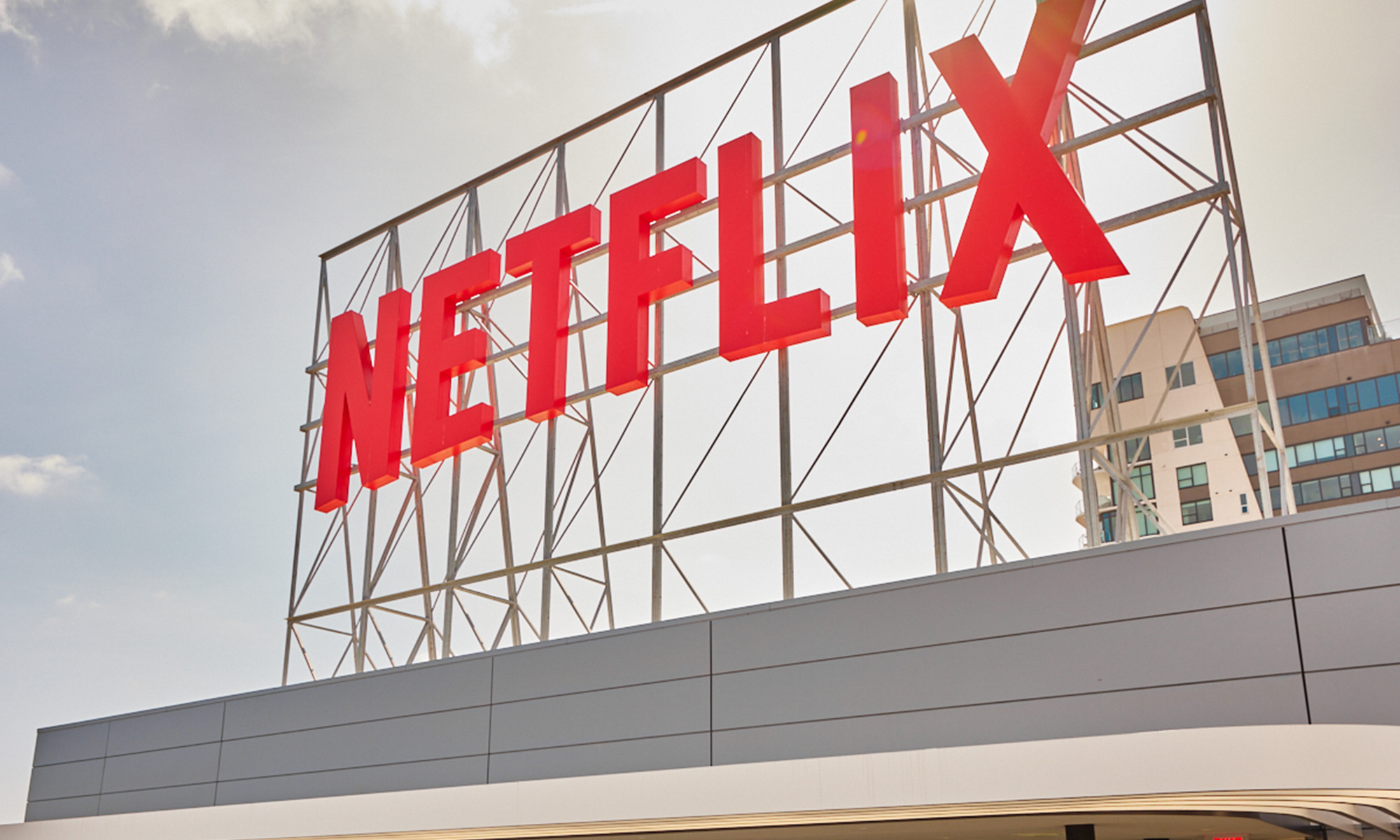
Image source: Netflix.
Netflix (NFLX +0.12%) has delivered disappointing returns for investors lately, and shares of the online streaming leader are down by more than 30% from their highs of the last year. Nevertheless, when considering aspects such as competitive strength, growth potential, and profitability trends, the decline in Netflix stock looks like a buying opportunity.
Competitive strength
One of the biggest reasons for all of the negativity currently surrounding Netflix is that competitive pressure is on the rise, as companies such as Amazon (AMZN +0.11%), Alphabet (GOOG +0.00%) (GOOGL 0.12%), and Time Warner (TWX +0.00%) are broadening their presence in online streaming.
Amazon used to offer its video streaming service as part of a broader Amazon Prime program, which also includes free shipping and other benefits. The company has recently announced that it's offering a video-only service for $8.99 per month, indicating that Amazon is giving increasing consideration to streaming as a business opportunity on its own merits, not just as a component of a larger Amazon Prime service.
According to a recent report from Bloomberg, Alphabet's Google is working on a paid YouTube subscription service called Unplugged, which will offer a bundle of cable TV channels streamed over the Internet. Alphabet is reportedly in conversations with TV networks, and no rights have been secured at this stage, but the project is intended to debut as soon as 2017. Alphabet launched its first paid YouTube subscription service called Red last fall, so the company is clearly exploring more venues to capitalize on YouTube via new business opportunities.
Time Warner's HBO is home to tremendously popular shows such as Game of Thrones, and the company is expanding into streaming with its recently launched HBO NOW platform. Time Warner doesn't disclose the exact number of HBO NOW subscribers, but management sounds quite optimistic about the platform. In the words of Richard L. Plepler, Time Warner Chairman and CEO, during the company's last conference call: "We've had a good start with sub growth this year, both in terms of the traditional ecosystem and NOW, and we're very encouraged by what we're seeing."
Netflix operates in a dynamic growth industry, and success attracts the competition, so it makes sense to expect increased competitive pressure over the middle term. On the other hand, concerns about the possible impact from rising competition seem to be overblown.
To begin with, the online streaming industry should provide plenty of room for Netflix, Amazon, Alphabet, and Time Warner to do well over time. Just like traditional TV has allowed multiple companies to thrive, there is no reason to expect online TV to be much different.
Besides, Netflix is increasingly betting on original content, and this is resonating remarkably well among the audience. Successful productions like House of Cards and The Ranch differentiate Netflix from the competition, and this is a crucial source of competitive strength in the business. Even in the face of increased competition, Netflix is strong enough to continue capitalizing on its long-term potential over the years ahead.
Explosive growth potential
Netflix is growing at an impressive speed. The company ended the first quarter of 2016 with a total of 81.5 million members around the world, gaining 6.74 million new members during the quarter. International new members amounted to 4.51 million during the period, and global markets are a powerful growth driver for the company.

Data source: SEC filings.
Importantly, Netflix still has enormous room for expansion. The company entered 130 new markets in January of this year, and the service is only available in English and with international credit cards in many of these new markets. As Netflix better adapts to consumer needs across the world, international growth should be quite strong over the middle term.
Management calculates that company's addressable market is in the neighborhood of 550 million broadband homes. This means Netflix has only penetrated 15% of its market opportunity at this stage, so the company still offers massive room for growth going forward.
Rising profit margins
Netflix is producing consistently growing profitability in the U.S., contribution margin increased from 31.7% of revenue in the first quarter of 2015 to a much larger 35.5% of sales last quarter. Management believes the business is well on track to reaching its target of a 40% contribution margin in the U.S. by 2020, so investors have strong reasons to expect sustained margin expansion in the coming years.

Data source: SEC filings.
International expansion is expensive, so global markets will probably weigh on overall profit margins in the middle term. Nevertheless, performance in the U.S. is proving that Netflix can produce increasing margins once it reaches a certain scale in a particular market, and this says a lot about the company's ability to drive big profitability for investors going forward.









